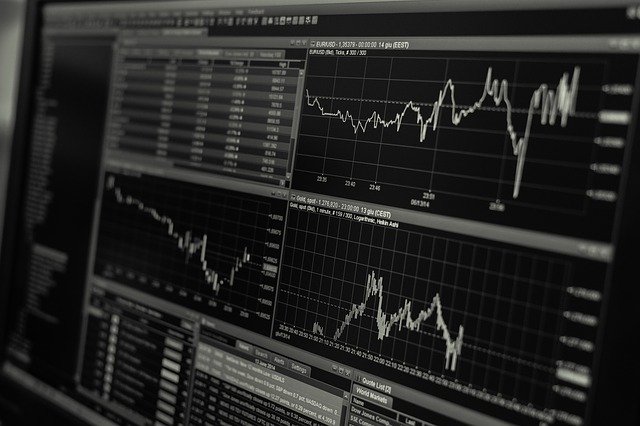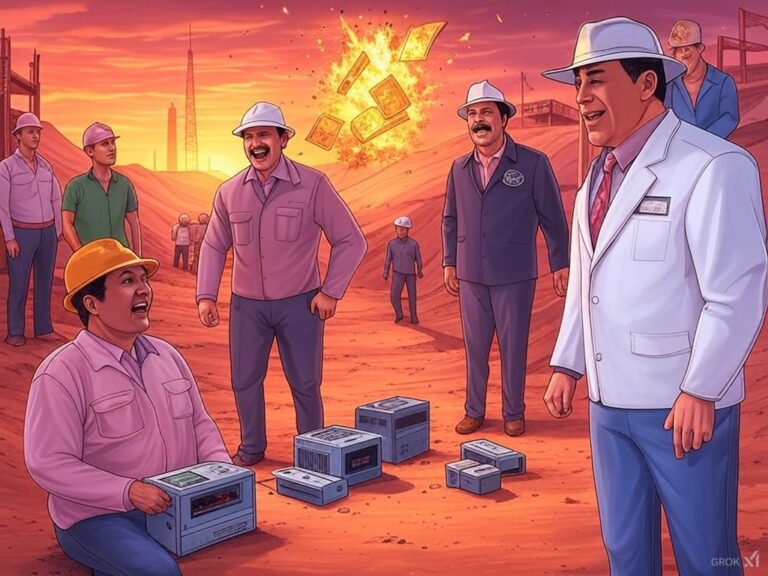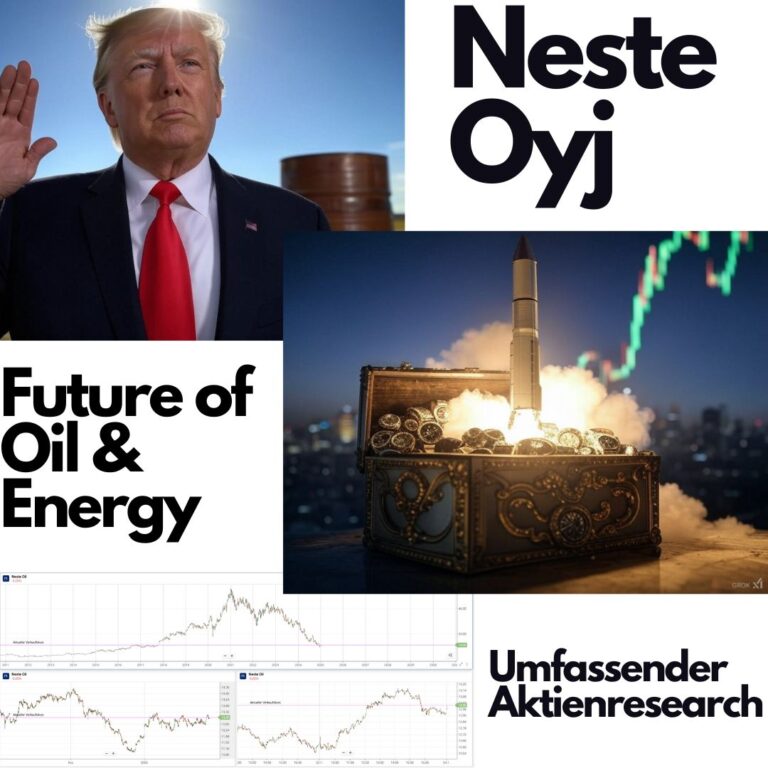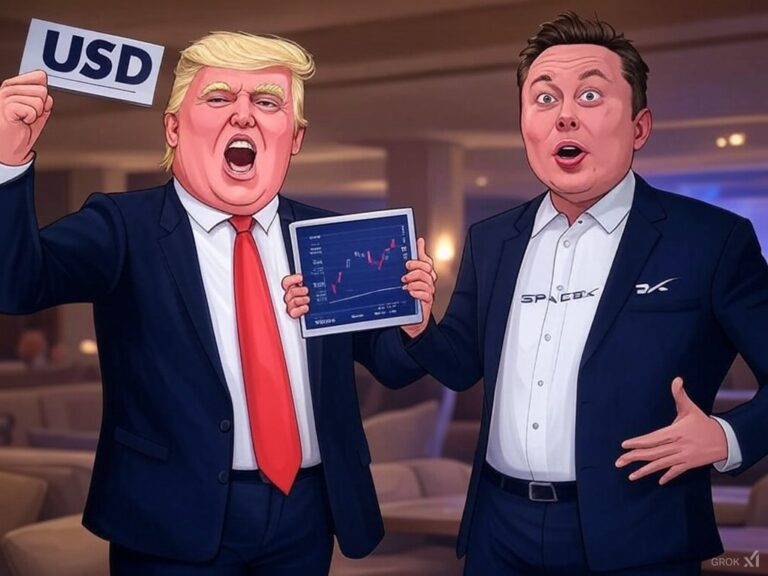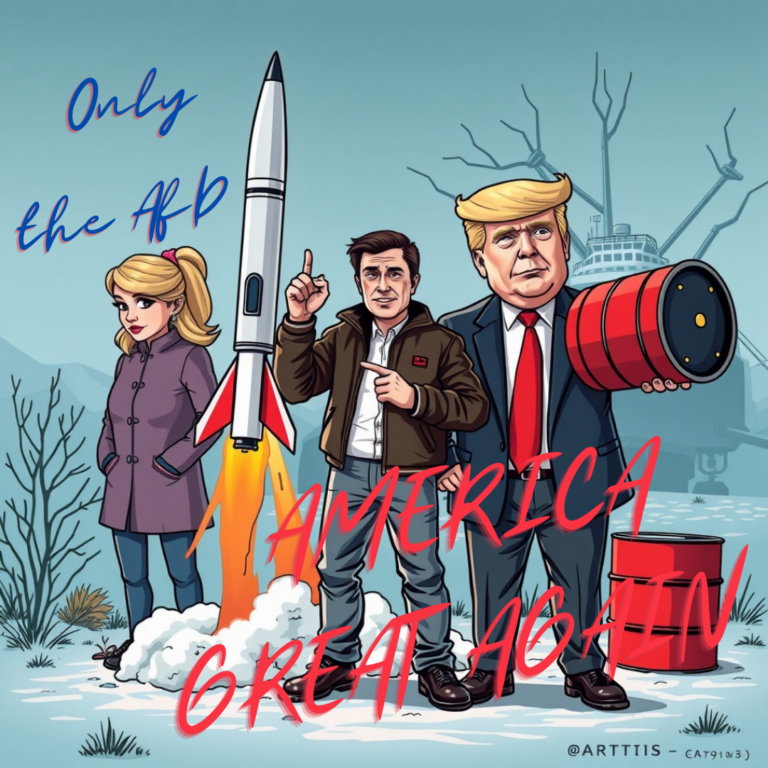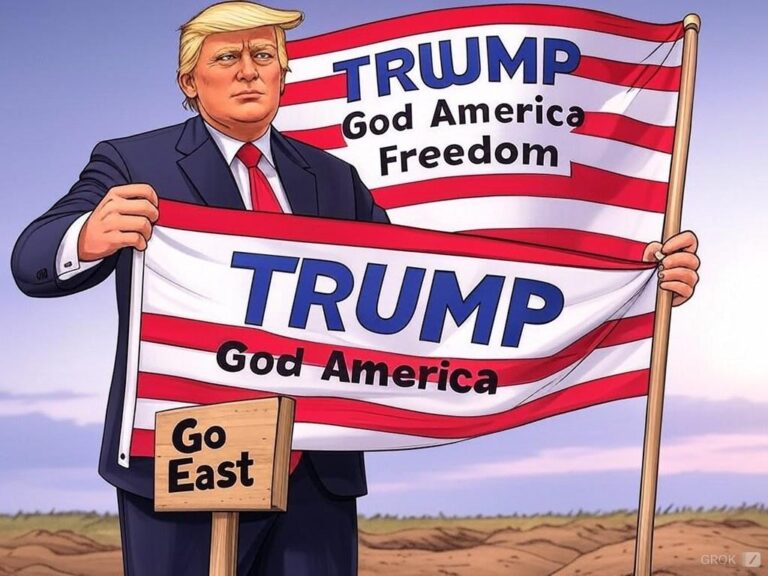Trade in raw materials can be traced back to ancient times. But probably raw materials were already traded in the Stone Age. Commodity trading thus has a long tradition and remains a key instrument without which human society would not function as we know it to this day.
Nowadays, commodities are traded on the so-called commodity exchanges. The New York Mercantile Exchange (NYMEX) is considered the world’s largest commodity futures exchange.
Development of commodity trading
People have always traded goods, moved and delivered them, and thus set a general economic cycle in motion. The preferred commodity for trading has always been raw materials. In the course of history, exact parameters and processes became more and more standardized, so that in the 19th century, at the time of the industrial revolution, modern commodity markets developed, primarily in the USA.
Since then, commodities have been traded in contracts on futures exchanges. For example, the first forward contract for 3000 bushels of corn was made in Chicago in 1851. Once the first commodity futures exchanges had become established, trading in future deliveries and money was also quickly possible on the exchanges, in addition to the original trading in contracts.
From then on, suppliers and buyers could trade not only goods for money, but also future deliveries (today’s futures) and prices. As a result of this new organization of various forms of trading via the stock exchange, commodity futures trading began a veritable triumphant advance at breakneck speed and continues to exist in this form to this day.
History of NYMEX
The modern New York Mercantile Exchange has existed since 1994 and was formed by the merger of the two companies New York Mercantile Exchange and the New York Commodities Exchange (COMEX). In 2008, the exchange was then taken over by the CME Group, to which NYMEX still belongs today.
The original NYMEX has already developed in the course of the 19th century. It was then that Manhattan’s milk and cheese merchants first joined together to form a Milk and Cheese Exchange. From then on, the range of goods was continuously expanded until it finally became NYMEX in 1882.
Trade with numerous raw materials
The registered office of the New York Mercantile Exchange is New York. The exchange is regulated by the competent authority of the US government, the Commodity Futures Trading Commission. Energy products and agricultural commodities are traded from New York, along with many commodities.
To this day, the original individual companies COMEX and NYMEX form separate divisions within the exchange and trade different commodities.
For example, gold, silver, copper and aluminum are traded via the COMEX. NYMEX is official exchange for cotton, electric power, ethanol, natural gas, petroleum, fuel oil, cocoa, coal, fuels such as gasoline and diesel, palladium, platinum, propane, steel, uranium and sugar.

